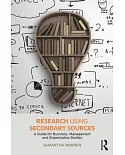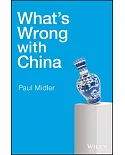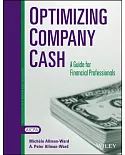Economists, political scientists, and other contributors from around the world provide 32 chapters examining debates in the economics of foreign aid. They address issues related to aid
allocation, including assessing net aid flows, methods for evaluating aid flows, modeling the aid allocation decision, the geography of distribution, and motivations for the distribution of
China’s recent aid flows to Africa; the link between aid and trade, including tied-aid, the effect of policies adopted in response to the World Trade Organization’s Aid for Trade initiative,
and the impacts of the Great Recession on aid flows and trade; macroeconomic impacts of aid on developing countries and reverse benefits for donors, as well as the connection between aid and
corruption; aid effectiveness, including on growth, such as the mediating effect of state fragility, the impact of exchange rate appreciation, and the impact of aid on education, as well as
impacts on corruption in Bangladesh and whether aid can promote greener cities; and aid effectiveness in terms of governance, taxation, microfinance, and aid disbursement. Annotation ©2016
Ringgold, Inc., Portland, OR (protoview.com)





















